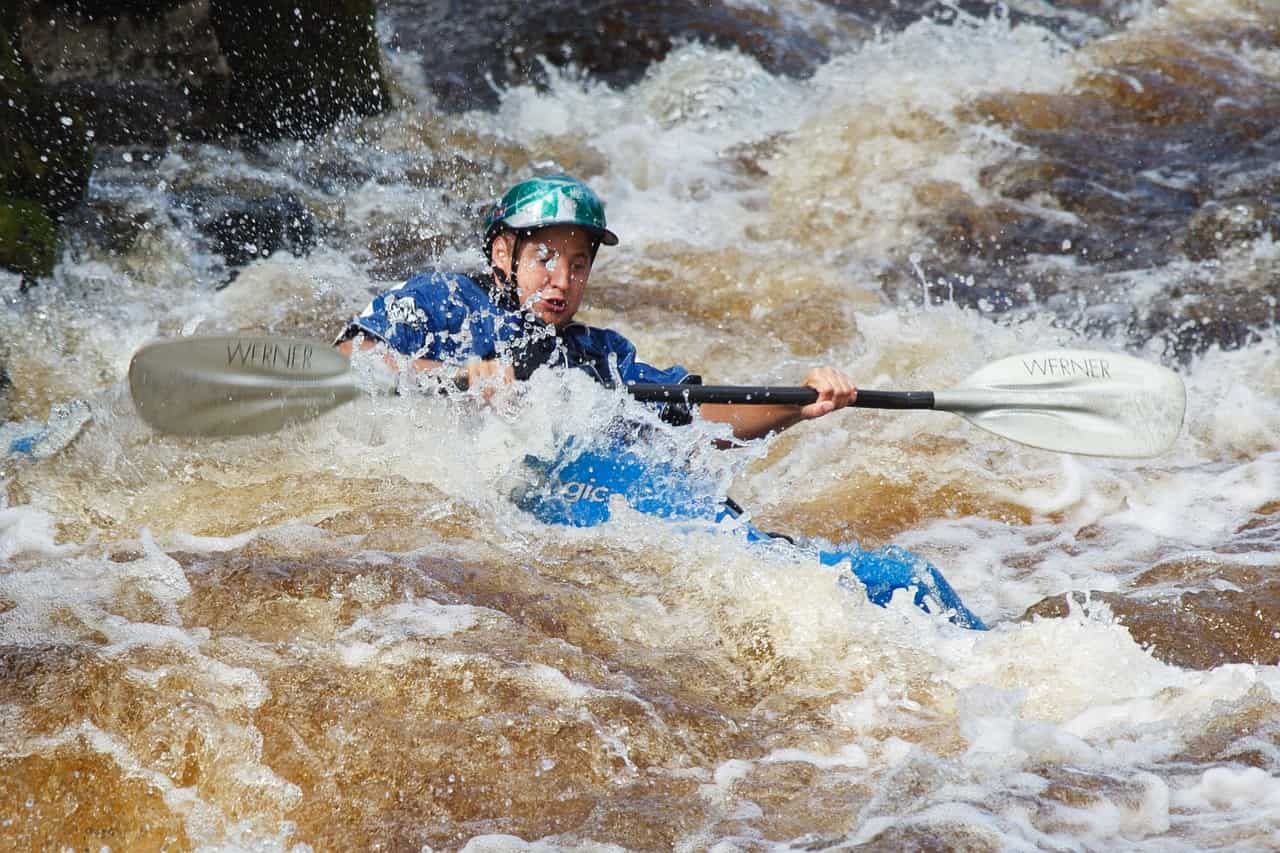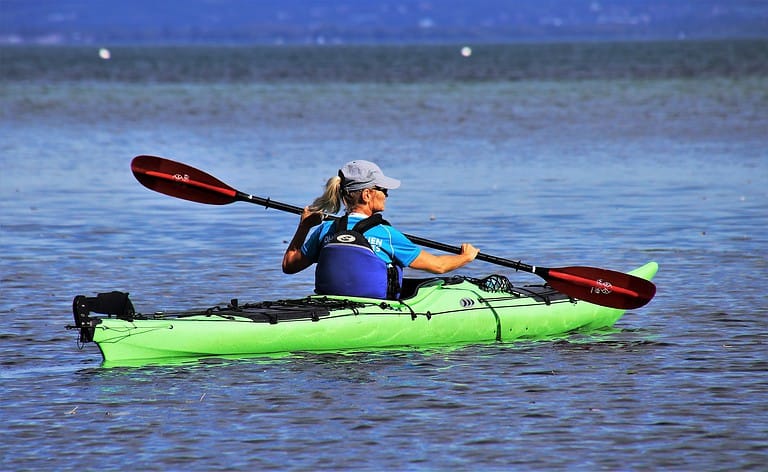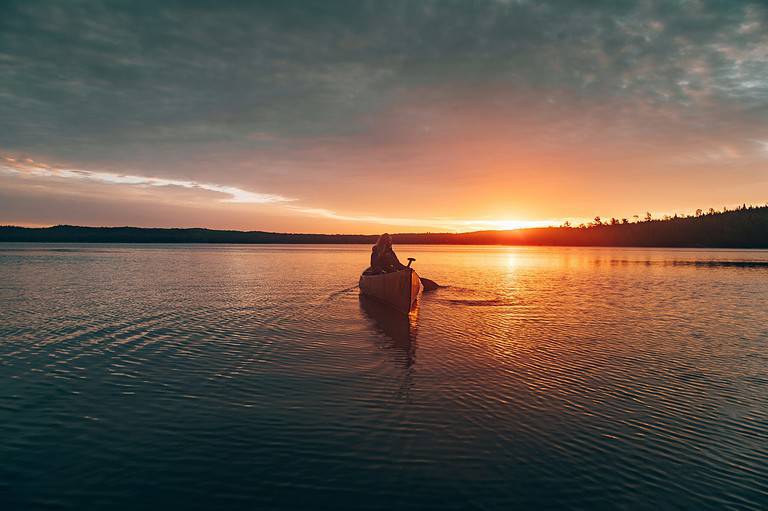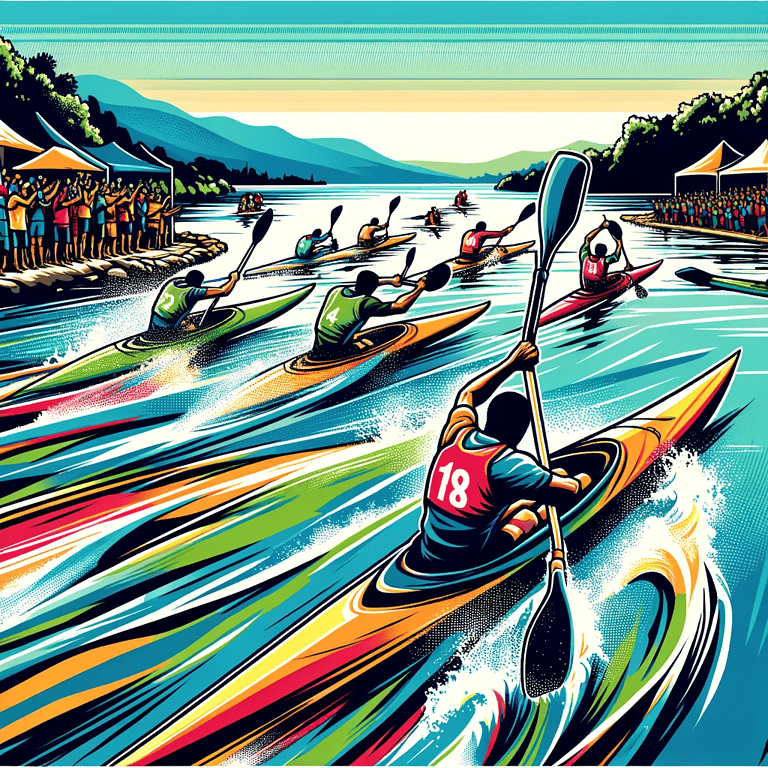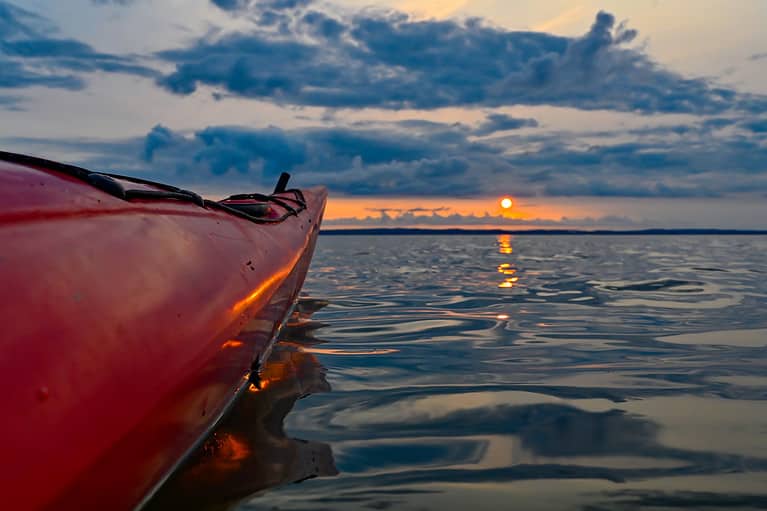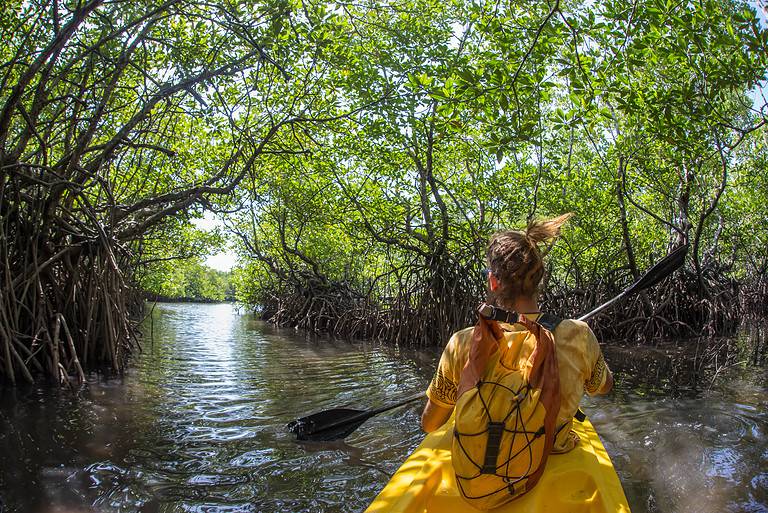Self-Rescue Techniques In Kayaking: Essential Skills For Paddlers
As the saying goes, “Knowledge is power.” And when it comes to Self-Rescue Techniques In Kayaking, knowing how to save yourself in sticky situations can mean the difference between a thrilling adventure and a dangerous nightmare. That’s why mastering self-rescue techniques is essential for all paddlers.
In this article, we will delve into self-rescue techniques in kayaking – those crucial skills that every paddler should possess. We’ll cover everything from understanding basic water safety to navigating strong currents and rapids. We’ll teach you how to master the Eskimo Roll, practice wet exits and re-entries, and deal with capsizing and tangled debris.
But beyond surviving on the water, these skills offer something more profound: a sense of belonging. As paddlers, we become part of a community bound by our shared love for the water. By learning these essential self-rescue techniques, you join a group of knowledgeable and experienced individuals who are always ready to lend a helping hand.
So grab your paddle and dive into this article as we equip you with the knowledge and skills necessary for safe and enjoyable kayaking adventures. Let’s explore the world of self-rescue techniques – because we care for each other in this community.
Key Takeaways
- Knowledge of self-rescue techniques is essential for kayakers.
- Basic water safety and wearing a PFD are crucial.
- Mastering the Eskimo Roll involves the hip snap, body tuck, blade control, head positioning, and practice drills.
- Wet exits and re-entries can be practiced using a paddle float and the T rescue method.
Understanding Basic Water Safety
Before you venture out onto the water, it’s crucial to understand basic water safety and how to keep yourself safe in an emergency. As experienced paddlers, we know that accidents can happen even to the most skilled kayakers. That’s why it’s essential to be prepared with knowledge and skills in water rescue techniques.
One of the first things we should always do is wear a personal flotation device (PFD). A PFD is a life-saving device that helps us stay afloat if we capsize or find ourselves in rough waters. It provides buoyancy and keeps our heads above water, allowing us to conserve energy and focus on self-rescue. No matter how confident we are in our swimming abilities, wearing a PFD should always be noticed.
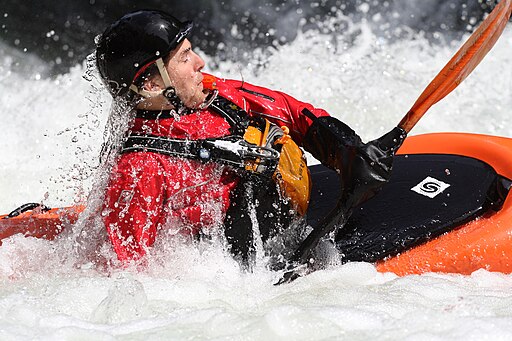
In addition to wearing a PFD, knowing different water rescue techniques can make all the difference when faced with an emergency. These techniques include methods for assisting others who may be distressed or unable to self-rescue. Learning these techniques increases our safety and creates a sense of belonging within the paddling community.
Now that we understand the importance of basic water safety and wearing a PFD, let’s move on to mastering the Eskimo roll. This advanced technique allows us to regain control after capsizing by using body movements and paddle strokes.
Mastering the Eskimo Roll
Once you’ve mastered the Eskimo Roll, it becomes a seamless and effortless maneuver while kayaking. This advanced rolling technique is crucial for paddlers looking to enhance their self-rescue abilities on the water. You can execute this move precisely and confidently by improving balance and body positioning in the kayak.
To truly master the Eskimo Roll, there are several key techniques to focus on:
- Hip Snap: The hip snap is a quick and powerful movement that propels your lower body upwards while keeping your upper body low. This generates the necessary momentum to roll back up from an inverted position.
- Body Tuck: As you initiate the roll, tuck your body forward into a compact position. This helps maintain control and stability throughout the maneuver.
- Blade Control: Proper blade placement is essential for a successful roll. Keep your paddle close to the kayak’s hull and use smooth, controlled strokes to maintain balance during the roll.
- Head Positioning: Maintain eye contact with your paddle blade as you complete the roll. Keeping your head low helps prevent capsizing again during recovery.
- Practice Drills: Regularly practicing these techniques in controlled environments such as pools or calm waters will improve muscle memory and increase overall proficiency.
By mastering these advanced rolling techniques and honing your balance and body positioning skills, you’ll be well-equipped to execute an Eskimo Roll when needed confidently. Next, we’ll explore another important aspect of self-rescue – practicing wet exits and re-entries – which further enhances our ability to safely navigate challenging situations on the water.
Practicing Wet Exits and Re-entries is Key Self-Rescue Techniques In Kayaking
Now that you’ve mastered the Eskimo Roll, it’s time to dive into the exciting world of practicing wet exits and re-entries. These self-rescue techniques are essential skills for paddlers looking to enhance their kayaking abilities and ensure their safety on the water.
When it comes to wet exits, a paddle float can be a valuable tool. A paddle float is an inflatable device that attaches to one end of your paddle, creating additional buoyancy. By placing the paddle float on one side of your kayak and using it as a stabilizer, you can easily perform a controlled exit from your boat in case of a capsize. This technique lets you stay close to your kayak and quickly get back in without losing contact with your equipment.
Another important self-rescue technique is the T rescue. This method involves two kayakers working together to recover someone who has capsized. One person stabilizes the capsized kayak by holding onto it from one side while the other paddler approaches from behind and helps empty any water out of the boat. The rescuer then assists the person back into their kayak, ensuring they are safely secured before continuing paddling.
Practicing these wet exits and re-entries will increase your confidence and give you invaluable experience in handling unexpected situations on the water. With these skills, you’ll be better equipped to navigate strong currents and rapids, which we will explore in our next section.
As we navigate strong currents and rapids, remember that mastering self-rescue techniques is just one aspect of becoming a skilled paddler.
We must be prepared for the exhilarating challenge to successfully navigating solid currents and rapids. These powerful forces of nature can reach up to 20 miles per hour, making rapid navigation a skill every kayaker should master. When facing such conditions, it is crucial to understand the river hazards that can arise and how to maneuver through them safely.
One of the key aspects of navigating strong currents and rapids is reading the water. We can make informed decisions about our route by observing the flow patterns and identifying potential obstacles, such as rocks or submerged branches. It is important to stay alert and constantly reassess our surroundings as conditions may change rapidly.
When approaching a rapid, we must correctly position ourselves in the water. We should aim to enter at an angle that allows us to follow the natural flow while avoiding potentially dangerous areas. This requires precise paddle strokes and quick adjustments as we move through the turbulent waters.
Inevitably, there may be instances when capsizing becomes unavoidable or debris tangles our kayak. In these situations, knowing how to deal with them efficiently is essential for self-rescue. The following section will explore techniques for handling capsizing and untangling debris.
We can confidently tackle challenging currents and rapids during our kayaking adventures by mastering rapid navigation and understanding river hazards. The thrill of conquering these powerful forces creates a sense of belonging among fellow paddlers who share this passion for exploration on the waterways.
Dealing with Capsizing and Tangled Debris
Staying calm and assessing the situation is crucial when dealing with capsizing and tangled debris while kayaking. We can think clearly and make informed decisions about our next steps by remaining composed. Safely exiting the kayak and freeing ourselves from any entangled debris should be our top priority, ensuring we do not put ourselves at further risk. Once free, we can then focus on retrieving any lost gear and securing our kayak to prevent it from drifting away.
Stay Calm and Assess the Situation
Take a deep breath and consider your surroundings, for staying calm and assessing the situation is crucial in ensuring our safety while kayaking. When faced with capsizing or being tangled in debris, it’s important to stay focused and evaluate our options. We need to take stock of the current conditions, such as the strength of the current, nearby hazards, and potential escape routes. By maintaining a clear head and analyzing our surroundings, we can make informed decisions about how to proceed.
Once we have assessed the situation, we can move on to safely exiting the kayak and freeing ourselves from debris. This will enable us to regain control over the situation and confidently continue our kayaking journey. Remembering these self-rescue techniques will help us navigate challenging situations on the water effectively.
Safely Exit the Kayak and Free Yourself from Debris
Once you’ve assessed the situation, it’s time to safely exit the kayak and free yourself from any debris hindering your progress. Escaping entangled situations can be challenging, but with proper self-rescue techniques, you can navigate them effectively. Here are four essential steps to follow:
- Stay calm: Keeping composed and focused on the task is crucial. Panicking will only make the situation worse.
- Remove obstacles: Carefully remove debris or objects that may entangle or obstruct your movement. Take your time and ensure your safety.
- Use leverage: Utilize nearby objects like branches or rocks to create leverage and help maneuver yourself out of tight spots.
- Maintain balance: As you free yourself from debris, keep your weight centered in the kayak to prevent capsizing.
After successfully freeing yourself, it’s important to retrieve lost gear and secure your kayak for a safe continuation of your journey without skipping a beat.
Retrieve Lost Gear and Secure Your Kayak
Remember to retrieve your lost gear and secure your kayak because who needs valuable equipment and a stable vessel when you’re out on the water? Retrieving lost equipment is essential for financial and safety. Loose items floating in the water can become hazards for both you and other paddlers. To help you remember what to do, here’s a handy table:
| Action | Description |
| Retrieve Lost Gear | Scan the area where you capsized or lost an item, then use a paddle float or assistive device to reach and retrieve it safely. |
| Secure Loose Items | Use bungee cords or deck lines to secure loose items on your kayak, such as water bottles, fishing gear, or dry bags. |
By following these guidelines, you’ll ensure that your valuable equipment stays with you throughout your kayaking adventure while maintaining stability on the water. Remember, we’re all part of this community of paddlers who value camaraderie and belonging. So let’s keep our gear safe and enjoy our time on the water together!
Frequently Asked Questions
What are some common mistakes that paddlers make when attempting a self-rescue technique?
When attempting a self-rescue technique, paddlers often make some common mistakes. One of these is a need for more practice, which hinders their ability to perform the necessary actions quickly and efficiently. Additionally, many paddlers improperly use their equipment, such as not properly securing their paddle float or not attaching their spray skirt. To improve self-rescue skills, it is important to practice capsizing and re-entry drills and paddle float exercises regularly.
Are there any specific exercises or drills that can help improve self-rescue skills?
Specific exercises and drills can greatly enhance your self-rescue skills in kayaking. One effective exercise is practicing the wet exit, where you intentionally capsize your kayak and quickly exit it underwater. This helps build confidence and familiarity with the process. Additionally, practicing re-entry techniques such as the paddle float rescue or cowboy scramble can improve your ability to get back into the kayak after a capsize. These drills are essential for developing essential self-rescue skills on the water.
Assessing the severity of a current or rapid is crucial before attempting to navigate it. As paddlers, we must rely on our risk evaluation skills and read the river features. One effective way to do this is through scouting, visually inspecting the water from a safe vantage point. This allows us to gauge the power and obstacles present, helping us decide whether to tackle the current or find an alternate route. Remember, assessing severity and scouting are vital steps for a successful kayaking adventure.
What alternative self-rescue techniques can be used if the Eskimo roll fails?
When the Eskimo roll fails, alternative self-rescue techniques can be used to ensure our safety on the water. These techniques include the paddle float rescue, where we use a paddle float to stabilize ourselves and re-enter the kayak, and the T-rescue, where another paddler helps us empty water from our kayak. Practicing these techniques regularly gives us confidence and skills to handle unexpected situations easily.
Are there any specific tools or equipment paddlers should carry to aid in self-rescue situations?
Regarding kayaking, having the right gear can make all the difference in self-rescue situations. Carrying specific equipment designed for these scenarios is essential for paddlers. Proper gear ensures that we are well-prepared and equipped to handle any challenges on the water. From rescue throw bags to paddle floats and bilge pumps, these tools give us a sense of security and confidence while enjoying our kayaking adventures.
Conclusion
In conclusion, mastering self-rescue techniques in kayaking is crucial for all paddlers. We can confidently navigate challenging conditions by understanding basic water safety and practicing skills like the Eskimo Roll, wet exits, and re-entries. However, some may argue that these techniques are only necessary for advanced kayakers. While it’s true that beginners may encounter different levels of difficulty, accidents can happen to anyone. It’s better to be prepared than caught off guard. So let’s equip ourselves with these essential skills and confidently enjoy our paddling adventures!

